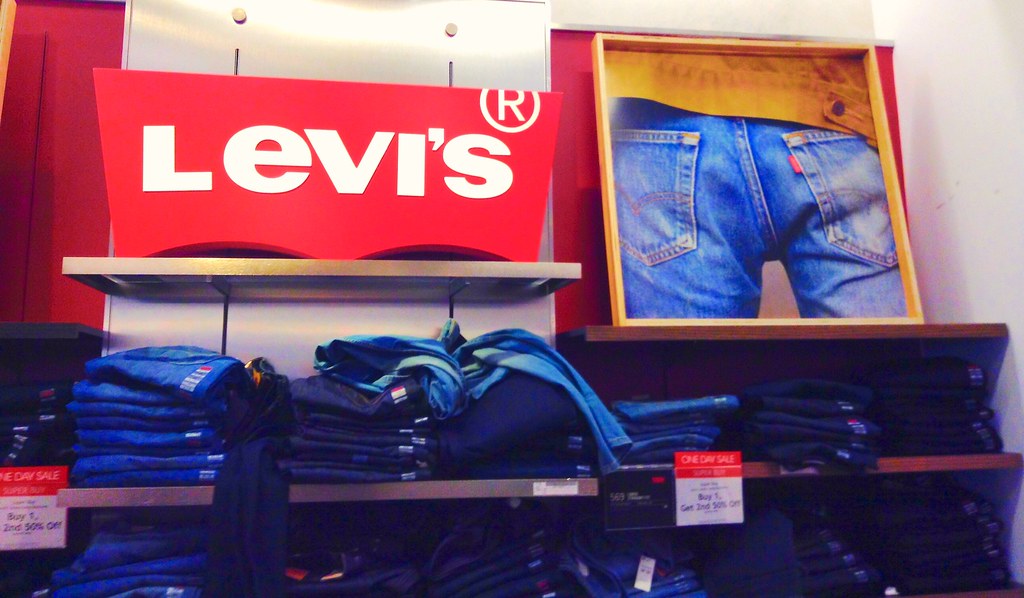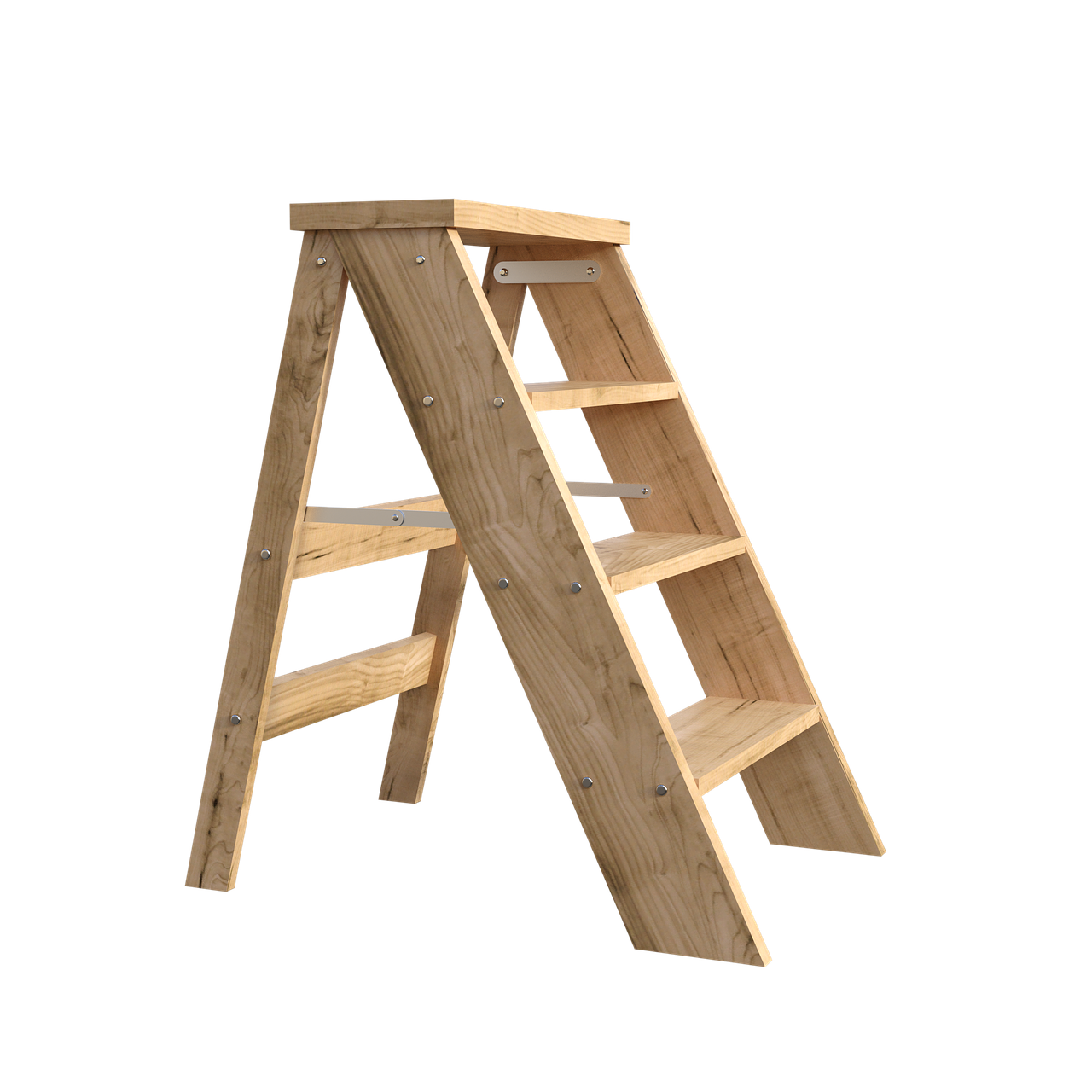The quest for the perfect pair of Levi’s. It’s a journey many of us embark on, hoping to find that one pair that fits like a glove, looks effortlessly cool, and lasts a lifetime. But as any denim aficionado knows, the road to denim nirvana is fraught with sizing inconsistencies, mysterious shrinkage, and the occasional heartbreak of a discontinued favorite wash. Is there a trick to buying men’s Levi’s that fit just right? Let’s dive into the denim deep end and find out.
Let’s talk about the Levi’s 511 and 513 cuts. These two styles have become staples in the closets of many, and for good reason. The 511 offers a sleek, slim fit without veering into skinny jean territory, while the 513 provides a straighter leg for those who need a bit more room. Both are versatile enough to dress up or down, making them go-to choices for denim lovers.
However, even within these beloved cuts, there’s a wild variation in fit depending on the color or wash. It’s a curious phenomenon that black and grey 511s tend to run larger, while lighter colors feel snugger, despite having identical waist and inseam measurements. It’s enough to make you wonder if there’s some denim sorcery at play.
And then there’s the composition of the denim itself. A pair made with 99% cotton, for example, is often sought after for its traditional feel and durability. It’s the kind of quality you might expect from jeans made in Egypt, where the cotton industry has a long-standing reputation for excellence. But even with this preferred fabric blend, the fit can be unpredictable. One pair might hug your waist just right, while another leaves you gasping for air.
The inconsistencies don’t end there. You might pick up a pair with a 30″ inseam that inexplicably drags on the floor, or find that the legs are suffocatingly tight even though you didn’t sign up for skinny jeans. It’s a sartorial puzzle that many of us have yet to solve.

Take for instance, a recent acquisition of light-colored 511s that promised a bit of roominess but instead clung like a second skin. Even after exchanging them, the replacement pair seemed to have missed the memo on the intended fit. It’s enough to make you question whether there’s any rhyme or reason to Levi’s sizing at all.
Before swearing off Levi’s, consider Levi’s Vintage 501® jeans from the Vintage line. Crafted from Cone Mills White Oak raw denim, they feel like a throwback to the golden age of jeans. Sizing for shrink-to-fit raw denim is unconventional. My 31W x 34L pair eventually fits as 30W x 32L after wear and wash cycles.
The journey with a new pair of 1966 Vintage 501®s is a bit more ceremonious. Wearing them rigid allows the denim to mold to your body’s contours, creating a custom fit that’s uniquely yours. The first soak is almost a rite of passage, involving a warm bath, some gentle soap, and a bit of patience. The result is a pair of jeans that feels like a second skin, with every crease and fade mark telling a personal story.
Do not forget the practical side of things.
Washing your jeans sparingly not only preserves their look but also aligns with a more sustainable approach to fashion. Stretch denim, with its plastic fibers, and acid-washed jeans come with environmental costs that are hard to ignore. By choosing 100% cotton, raw denim, you’re investing in a garment that will stand the test of time, both in style and substance.
It’s a common misconception that looser clothes are more comfortable, but in reality, a well-fitted pair of jeans allows for better movement and functionality. The key is to aim for a fit that’s snug but not restrictive. Your jeans should sit comfortably at your waist without a belt, hug your butt just enough, and pass the ‘Pinch Test’ on your thighs and calves, meaning you can pinch about half an inch of fabric for the right amount of give.

Remember, not all cuts are created equal. Whether you’re lean or muscular, there’s a Levi’s cut that’s right for you. Skinny fits are best for those with slender legs, while tapered fits work well for those with a bit more muscle. Straight fits suit average builds, and athletic cuts are ideal for those who never skip leg day.
Finding the right Levi’s is more about knowledge than luck.
It’s about knowing your body, being aware of how different fabrics behave, and choosing the right cut for your shape. With a little patience and some trial and error, you can navigate the Levi’s labyrinth and emerge with a pair of jeans that feel like they were made just for you. So go ahead, embrace the denim journey, and let your Levi’s tell your story.
Navigating the nuances of buying Levi’s jeans can be as complex as a fine wine tasting, but with the right tips and tricks, you can uncork the perfect pair. The key is to understand that within the same model, such as the 511 or 513, each color or wash can fit differently. This is a peculiar quirk in the world of denim, where black and grey 511s may feel more spacious, and lighter colors might hug your frame a bit tighter, despite identical waist and inseam measurements. It’s a denim conundrum that has puzzled many a jeans shopper.
When it comes to the Levi’s Vintage line, the stakes are even higher. These jeans are a nod to the past, made with selvedge raw denim from the historic Cone Mills White Oak plant. They’re the denim purist’s dream, but they come with their own set of sizing challenges due to the nature of raw denim and its propensity to shrink. The question of what size to buy is not just about the numbers on the tag; it’s about how you plan to wear and wash them.
For those who prefer their jeans to maintain a rigid, unwashed look, buying a size smaller in the waist might be the way to go. Over time, the waist will stretch to fit you perfectly. If you’re planning on giving your jeans a warm soak, buying your true waist size and going two sizes up in length is advisable. And for the machine wash enthusiasts, going two sizes up both in waist and length will accommodate the shrinkage that comes with laundry day.
The Levi’s Vintage 1966 501® jeans come with a set of care instructions that are as much about preserving the jeans as they are about crafting your personal style. These instructions are a testament to the brand’s commitment to quality and authenticity. However, it’s worth noting that this valuable information isn’t always readily available on the Levi’s website, which can leave first-time buyers of shrink-to-fit denim in the dark.
The care for these jeans is a ritual, a labor of love that denim enthusiasts willingly undertake. It’s about breaking in the jeans to conform to your body’s shape, creating a custom fit that’s uniquely yours. The first soak is a transformative experience, and subsequent washes are infrequent, aligning with a sustainable approach to fashion. This is a stark contrast to the world of pre-treated and stretch denim, which carries hidden environmental costs.
Understanding how your jeans should fit is crucial.
The right fit is not about going too big or too tight; it’s about finding that sweet spot where the jeans sit comfortably on your waist without a belt, hug your butt just enough, and pass the ‘Pinch Test’ on your thighs and calves. It’s about choosing the right cut for your body type, whether it’s skinny, tapered, straight, or athletic.
The trick to buying men’s Levi’s isn’t a trick at all. It’s about knowledge, patience, and a willingness to engage with the process. It’s about recognizing that a well-fitted pair of jeans is an investment in your style, comfort, and the environment. Take the time to understand the nuances of denim, and let your Levi’s become a reflection of your personal journey and style.
Related posts:
Getting the Right Size in Rigid, Shrink-To-Fit 501 Jeans
How Your Jeans Should Fit — The Essential Man
Levi’s 501 Jeans: Are They Worth It? (In-Depth Review)





